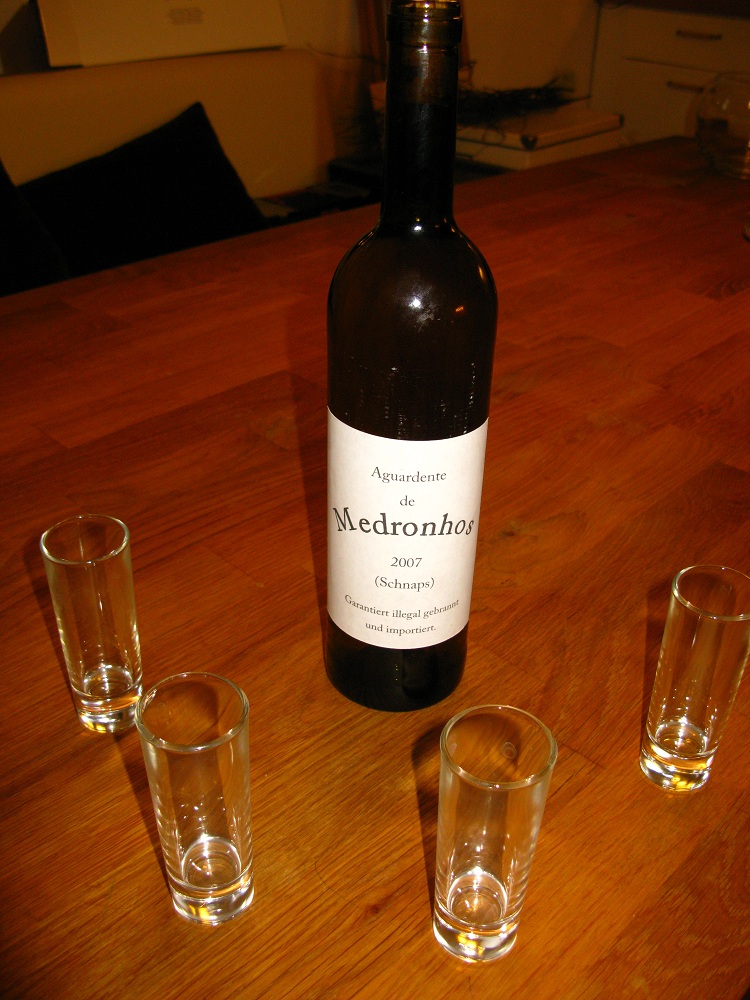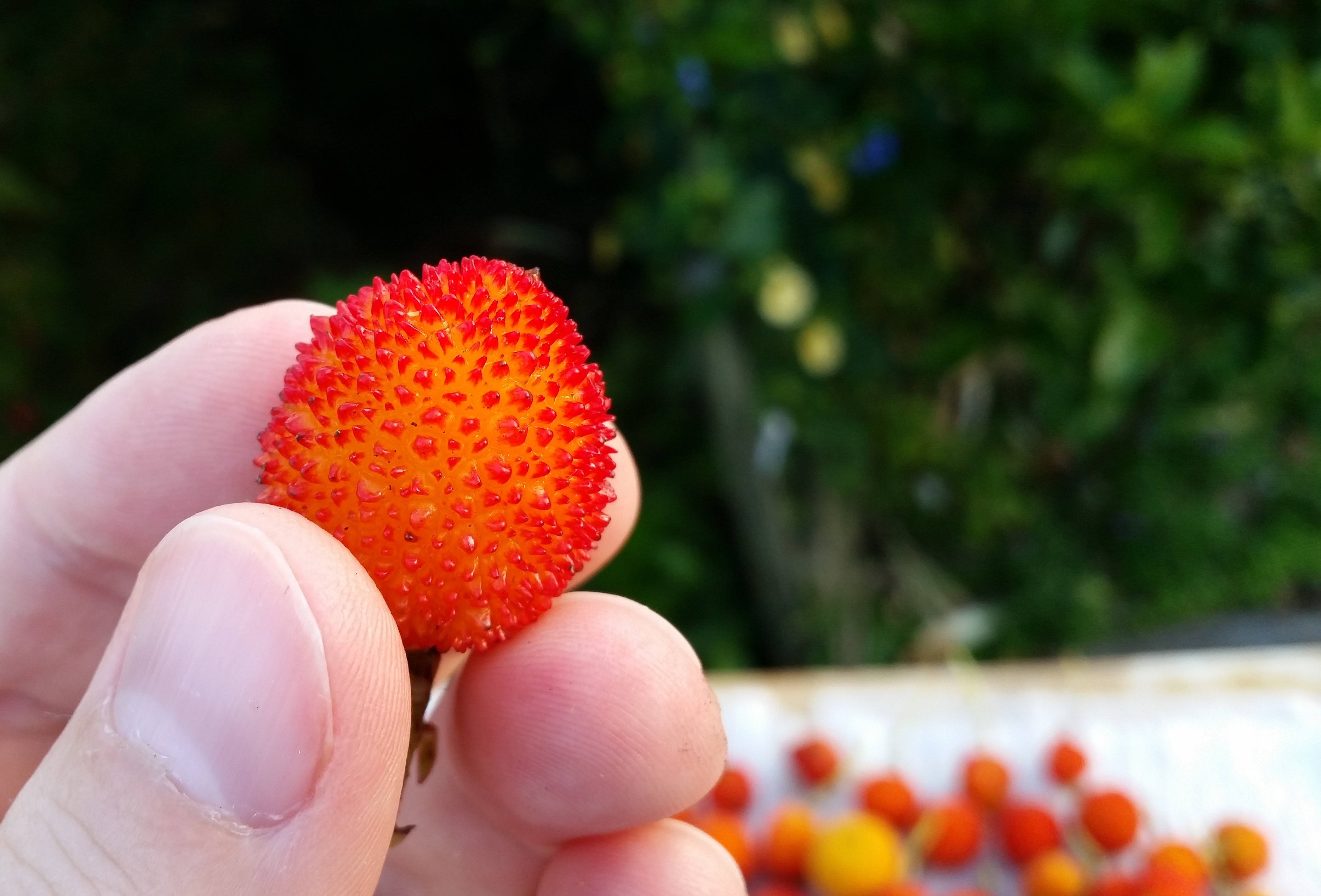|
Marmelete
Marmelete is a villagePortuguese civilian survey: Sheet 49C Albufeira. Publishers: Instituto Geográfico Português (Portugal Civilian Survey). Scale:1:50,000. and a ''freguesia'' (parish) in the ''concelho'' (municipality) of Monchique (Algarve, Portugal). The population in 2011 was 787, in an area of 139.91 km². Location The village sits astride the N267 road"Spain & Portugal 2012, Tourist and Motoring Atlas. Pub:Michelin, 2011, which runs from Caldas de Monchique in the east to Aljezur in the west. The village is east by road of the regions capital of Faro, west of the town of Aljezur and north-east of the coastal town of Portimão. The village is in an area of mountains called Serra de Monchique. The parish is in the western half of the municipality of Monchique, and is in the heart of the Serra de Monchique and has an area of 146 km2. The parish is bounded on the north by the municipality of Breja, south by the municipalities of Lagos and Portimão, west by the mun ... [...More Info...] [...Related Items...] OR: [Wikipedia] [Google] [Baidu] |
Monchique
Monchique () is a municipality of southern Portugal, in Faro District (province of Algarve). The population in 2011 was 6,045, in an area of 395.30 km2. The Municipality of Monchique is situated in the Serra de Monchique and together with the town of Monchique is a tourist destination. Attractions include a historic town centre, views from the two peaks of Foia and Picota, hiking, bird watching and biking. There are hot sulfur springs, with baths and health spas south in 'Caldas de Monchique' (Spring of Monchique). Eucalyptus, cork oak, oranges, lemons, honey, olive oil, chestnuts, scissor chairs made from chestnut wood, black pork and black pork ham and sausages are the chief products. There are several small industries producing tourist artifacts that are sold in local shops, and medronho, a local brew made from distilled medronho berries (Arbutus/ Strawberry Tree), is produced. Parishes Administratively, the municipality is divided into 3 civil parishes (''freguesias''): ... [...More Info...] [...Related Items...] OR: [Wikipedia] [Google] [Baidu] |
Monchique Municipality
Monchique () is a municipality of southern Portugal, in Faro District (province of Algarve). The population in 2011 was 6,045, in an area of 395.30 km2. The Municipality of Monchique is situated in the Serra de Monchique and together with the town of Monchique is a tourist destination. Attractions include a historic town centre, views from the two peaks of Foia and Picota, hiking, bird watching and biking. There are hot sulfur springs, with baths and health spas south in 'Caldas de Monchique' (Spring of Monchique). Eucalyptus, cork oak, oranges, lemons, honey, olive oil, chestnuts, scissor chairs made from chestnut wood, black pork and black pork ham and sausages are the chief products. There are several small industries producing tourist artifacts that are sold in local shops, and medronho, a local brew made from distilled medronho berries (Arbutus/ Strawberry Tree), is produced. Parishes Administratively, the municipality is divided into 3 civil parishes (''freguesias''): ... [...More Info...] [...Related Items...] OR: [Wikipedia] [Google] [Baidu] |
Medronho
The Aguardente de Medronhos is a strong spirit, a traditional fruit brandy from Portugal, obtained from arbutus berries - the fruit of the Medronho tree, ''Arbutus unedo'' - also called strawberry tree. The ''Arbutus unedo'' grow wild on the poor soils in rural regions of Portugal such as Lousã and the inner Algarve (in such places like Marmelete Marmelete is a villagePortuguese civilian survey: Sheet 49C Albufeira. Publishers: Instituto Geográfico Português (Portugal Civilian Survey). Scale:1:50,000. and a ''freguesia'' (parish) in the ''concelho'' (municipality) of Monchique (Algarve, ... and São Marcos da Serra). There was no large-scale commercial plantation of Arbutus unedo until the 21st century and in the past the arbutus berries were mainly collected by local farmers, by hand and processed privately. Therefore, good Aguardente de Medronhos was not easily found in supermarkets but instead bought mostly directly from these farmers. Very few farmers had a license for ... [...More Info...] [...Related Items...] OR: [Wikipedia] [Google] [Baidu] |
Algarve
The Algarve (, , ; from ) is the southernmost NUTS II region of continental Portugal. It has an area of with 467,495 permanent inhabitants and incorporates 16 municipalities ( ''concelhos'' or ''municípios'' in Portuguese). The region has its administrative centre in the city of Faro, where both the region's international airport (IATA: FAO) and public university, the University of Algarve, are located. The region coincides with Faro District and is subdivided into two zones, one to the West ( Barlavento) and another to the East ( Sotavento). Tourism and related activities are extensive and make up the bulk of the Algarve's summer economy. Production of food, which includes fish and other seafood, as well as different types of fruit and vegetables, such as oranges, figs, plums, carob pods, almonds, avocados, tomatoes, cauliflowers, strawberries, and raspberries, are also economically important in the region. Although Lisbon surpasses the Algarve in terms of tourism reve ... [...More Info...] [...Related Items...] OR: [Wikipedia] [Google] [Baidu] |
Cork (material)
Cork is an Permeability (earth sciences), impermeable buoyancy, buoyant material, the Cork cambium, phellem layer of bark (botany), bark tissue that is harvested for commercial use primarily from ''Quercus suber'' (the cork oak), which is native to southwest Europe and northwest Africa. Cork is composed of suberin, a hydrophobic substance. Because of its impermeable, buoyant, elastic, and fire retardant properties, it is used in a variety of products, the most common of which is wine stoppers. The Dehesa (pastoral management), montado landscape of Portugal produces approximately half of the cork harvested annually worldwide, with Corticeira Amorim being the leading company in the industry. Cork was examined microscopically by Robert Hooke, which led to his discovery and naming of the cell (biology), cell. Cork composition varies depending on Geography, geographic origin, climate and soil conditions, Genetics, genetic origin, tree dimensions, age (virgin or reproduction), and gro ... [...More Info...] [...Related Items...] OR: [Wikipedia] [Google] [Baidu] |
Arbutus Unedo
''Arbutus unedo'' is an evergreen shrub or small tree in the family Ericaceae, native to the Mediterranean region and western Europe. The tree is well known for its fruits, which bear some resemblance to the strawberry — hence the common name "strawberry tree". However, it is not closely related to true strawberries of the genus ''Fragaria''. Its presence in Ireland also lends it the moniker "Irish strawberry tree", or cain, or cane apple (from the Irish name for the tree, ''caithne''), or sometimes "Killarney strawberry tree". The strawberry tree is the national tree of Italy because of its green leaves, its white flowers and its red berries, colors that recall the Italian flag. Taxonomy ''Arbutus unedo'' was one of the many species described by Carl Linnaeus in Volume One of his landmark 1753 work ''Species Plantarum'', giving it the name it still bears today. A study published in 2001 which analyzed ribosomal DNA from ''Arbutus'' and related genera found ''Arbutus'' to b ... [...More Info...] [...Related Items...] OR: [Wikipedia] [Google] [Baidu] |
Eau De Vie
An ''eau de vie'' ( French for spirit, §16, §17 literally " water of life") is a clear, colourless fruit brandy that is produced by means of fermentation and double distillation. The fruit flavor is typically very light. In English-speaking countries, ''eau de vie'' refers to a distilled beverage made from fruit other than grapes. Similar terms may be local translations or may specify the fruit used to produce it. Although ''eau de vie'' is a French term, similar beverages are produced in other countries (e.g., German'' Schnaps'', Greek ''ρακί'', Turkish ''rakı'', Balkan ''rakia'', Romanian ''țuică'', Czech and Slovak ''pálenka'', Hungarian ''pálinka'', and Sri Lankan coconut ''arrack''). In French, however, ''eau de vie'' is a generic term for distilled spirits. The proper French term for fruit brandy is ''eau-de-vie de fruit'', while ''eau-de-vie de vin'' means wine spirit (brandy), and several further categories of spirits (distilled from grape pomace, ... [...More Info...] [...Related Items...] OR: [Wikipedia] [Google] [Baidu] |
Beekeeping
Beekeeping (or apiculture) is the maintenance of bee colonies, commonly in man-made beehives. Honey bees in the genus '' Apis'' are the most-commonly-kept species but other honey-producing bees such as ''Melipona'' stingless bees are also kept. Beekeepers (or apiarists) keep bees to collect honey and other products of the hive: beeswax, propolis, bee pollen, and royal jelly. Pollination of crops, raising queens, and production of package bees for sale are other sources of beekeeping income. Bee hives are kept in an apiary or "bee yard". The keeping of bees by humans, primarily for honey production, began around 10,000 years ago. Georgia is known as the "cradle of beekeeping" and the oldest honey ever found comes from that country. The 5,500-year-old honey was unearthed from the grave of a noblewoman during archaeological excavations in 2003 near the town Borjomi. Ceramic jars found in the grave contained several types of honey, including linden and flower honey. Domestication of ... [...More Info...] [...Related Items...] OR: [Wikipedia] [Google] [Baidu] |
Lagos, Portugal
Lagos (; literally "lakes"; cel-x-proto, Lacobriga) is a city and municipality at the mouth of Bensafrim River and along the Atlantic Ocean, in the Barlavento region of the Algarve, in southern Portugal. The population of the municipality in 2011 was 31,049, in an area of 212.99 km2. The city of Lagos proper (which includes only the civil parish of São Sebastião e Santa Maria) has a population of approximately 22,000. Typically, these numbers increase during the summer months, with the influx of visiting tourists and seasonal residents. While the majority of the population lives along the coast and works in tourism and services, the inland region is sparsely inhabited, with the majority of the people working in agriculture and forestry. Lagos is one of the most visited cities in the Algarve and Portugal, due to its variety of tourist-friendly beaches, rock formations (Ponta da Piedade), bars, restaurants and hotels, renowned for its vibrant summer nightlife and parties. Ye ... [...More Info...] [...Related Items...] OR: [Wikipedia] [Google] [Baidu] |
Monchique (parish)
Monchique is a ''freguesia'' (parish) in Monchique Municipality (Algarve The Algarve (, , ; from ) is the southernmost NUTS II region of continental Portugal. It has an area of with 467,495 permanent inhabitants and incorporates 16 municipalities ( ''concelhos'' or ''municípios'' in Portuguese). The region has it ..., Portugal). The population in 2011 was 4,817, in an area of 159.28 km². Main sites * Nossa Senhora do Desterro Convent * Monchique Church or Nossa Senhora da Conceição Church * Fóia, highest mountain in Algarve References Freguesias of Monchique {{Faro-geo-stub ... [...More Info...] [...Related Items...] OR: [Wikipedia] [Google] [Baidu] |






